International Day of
Women and Girls in Science
11 February 2023
Celebrating full and equal access to and
participation in science for women and girls
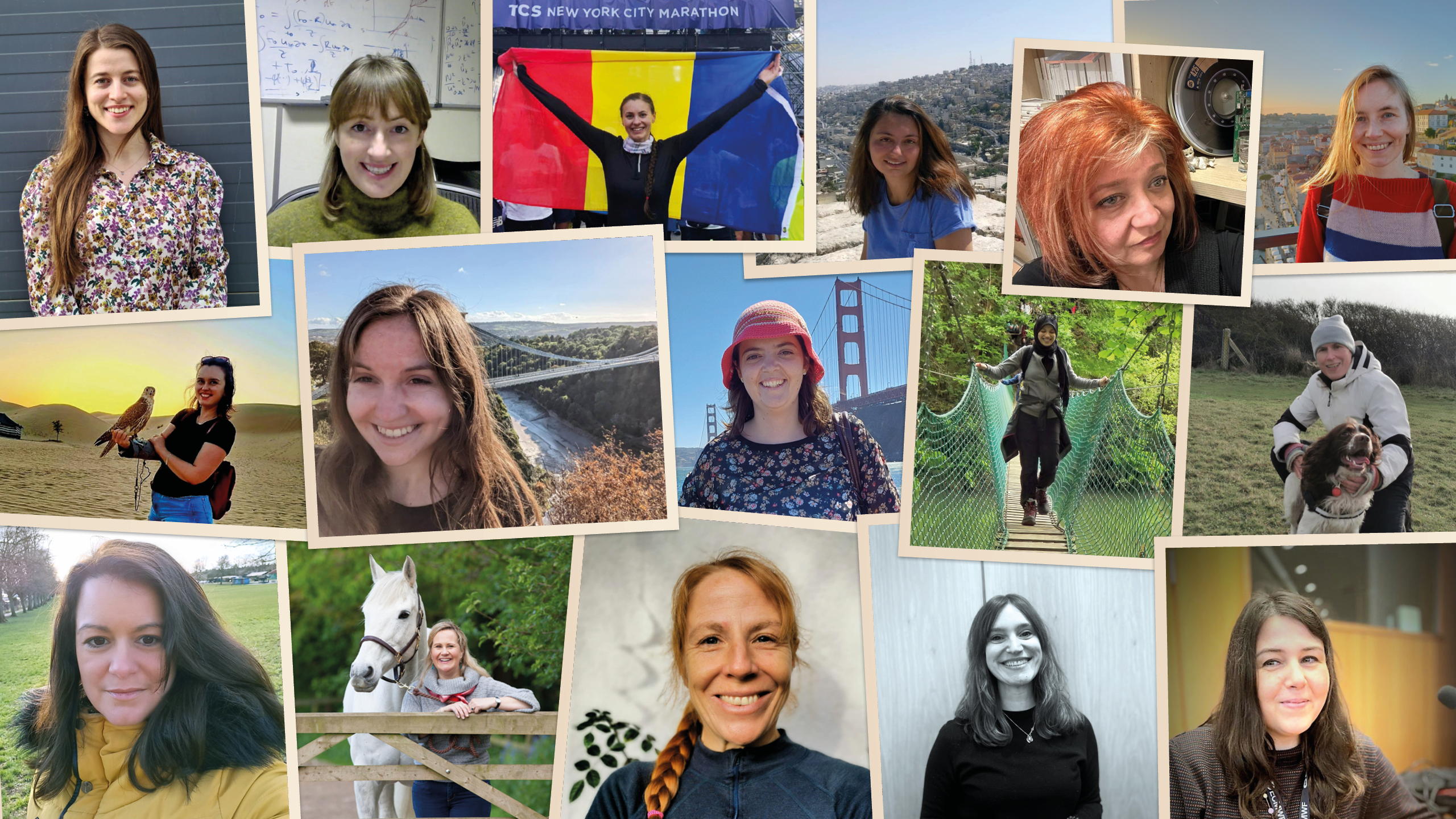
Birgit Sützl
Scientist
Area: High-resolution Earth system modelling
My work is on modelling cities, forests and mountains within our Earth system model. By representing in detail all the complex processes and interactions between these areas and the atmosphere, we can improve our predictions of extreme weather events.
The influence of the physical environment on weather and climate is fascinating. I hope my research enables a better understanding of how changes to these aspects of our environment could impact the future climate.
It can be challenging when there are few female role models around, but I have found that sharing concerns with women friends has given me great confidence in the workplace.
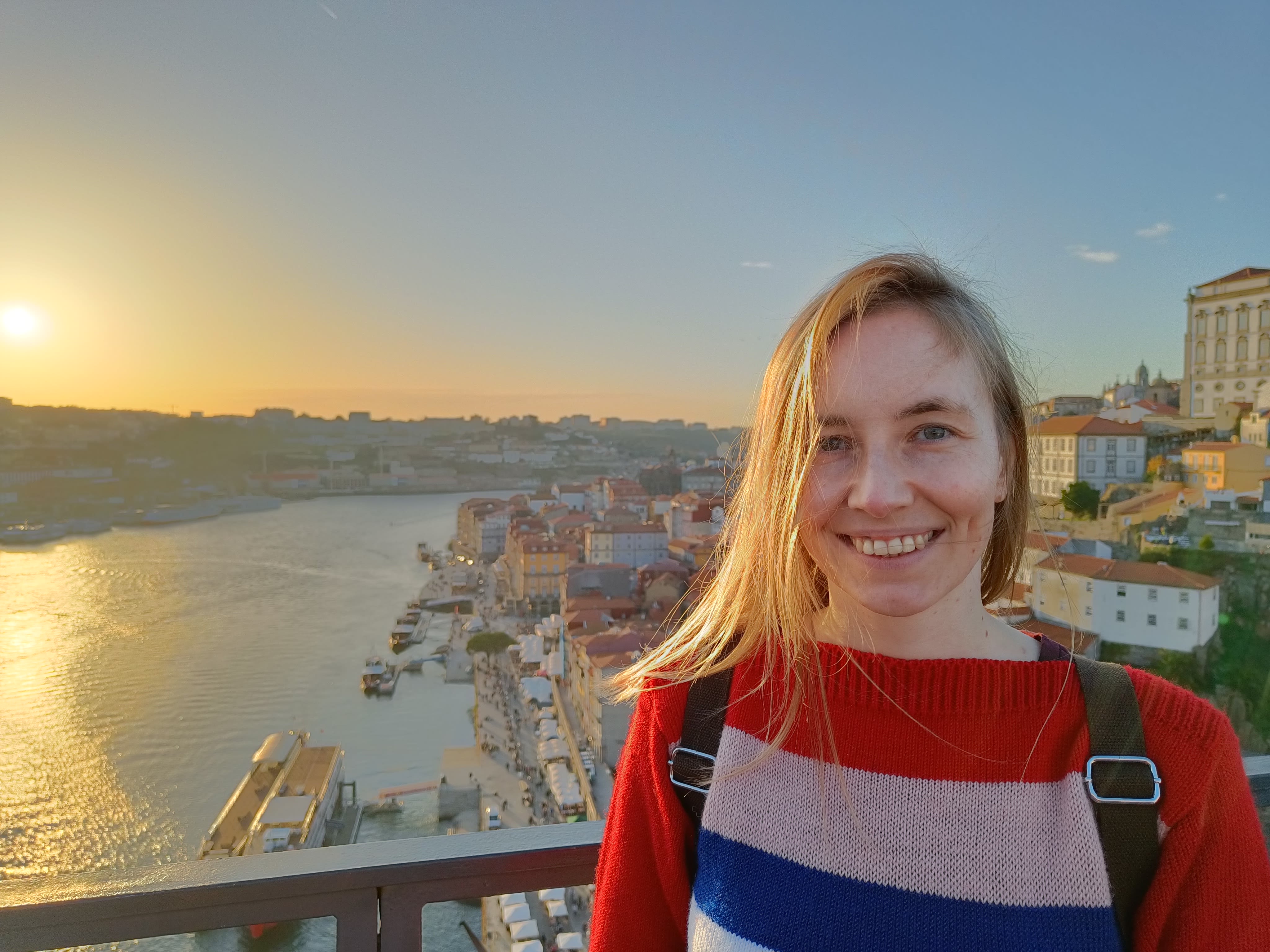
Cristina Duma
Analyst for Destination Earth
Area: Cloud computing
My background is in distributed computing where elements are virtualised and distributed across various components or multiple computers in a network. I am a fan of new technologies, so it was natural I would become a cloud computing enthusiast!
In my work, I focus on adapting existing high-performance computing workflows to see how they could work being virtualised in a cloud environment. My hope is that, by introducing scientists to such new technologies, end users will benefit too, ultimately supporting early action to mitigate the impact of climate change.
My advice to women is to be strong and follow your dreams. With determination and patience, they will come true.
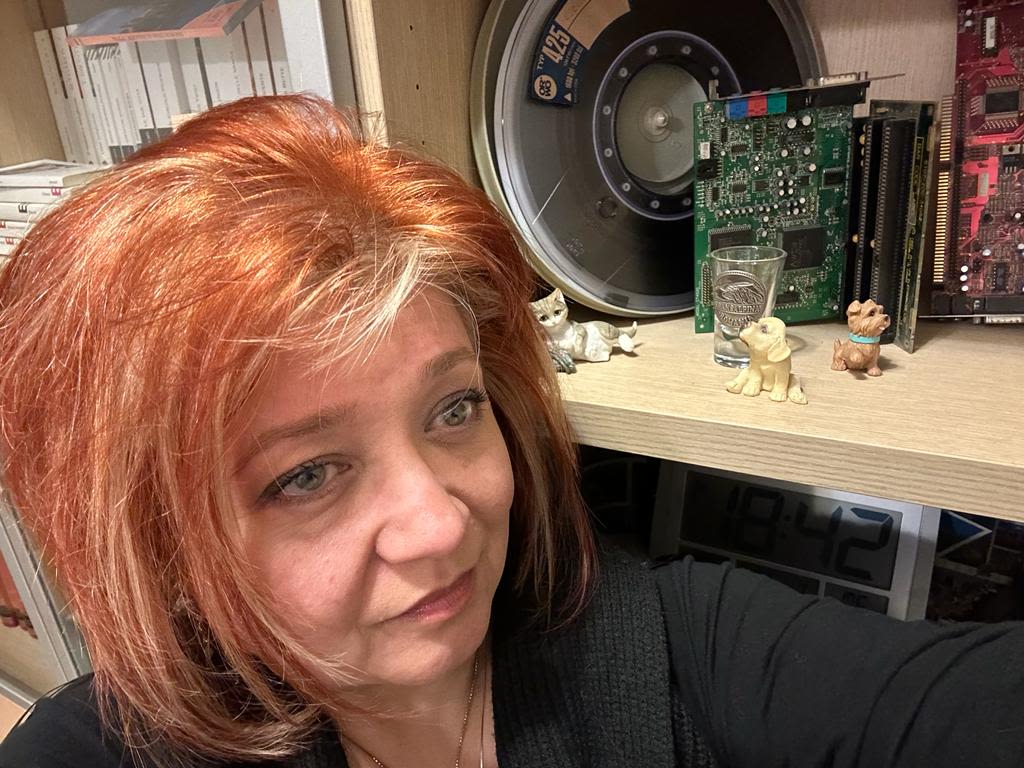
Mariana Clare
Scientist
Area: Quantifying uncertainty in forecasts
I use machine learning techniques to understand and quantify uncertainty in weather forecasts. Weather systems are chaotic, meaning forecasts can be uncertain. Meteorologists find it helpful to understand the full range of events that might occur. This is especially true if there is a chance of an extreme weather event, where an early warning can protect lives and infrastructure.
I enjoy working on the boundary between machine learning and meteorology, and want to continue applying cutting-edge techniques to make a real-world impact.
My advice to women in science is to study what you’re interested in and keep going even if you are one of the few women in the room – change must start somewhere!
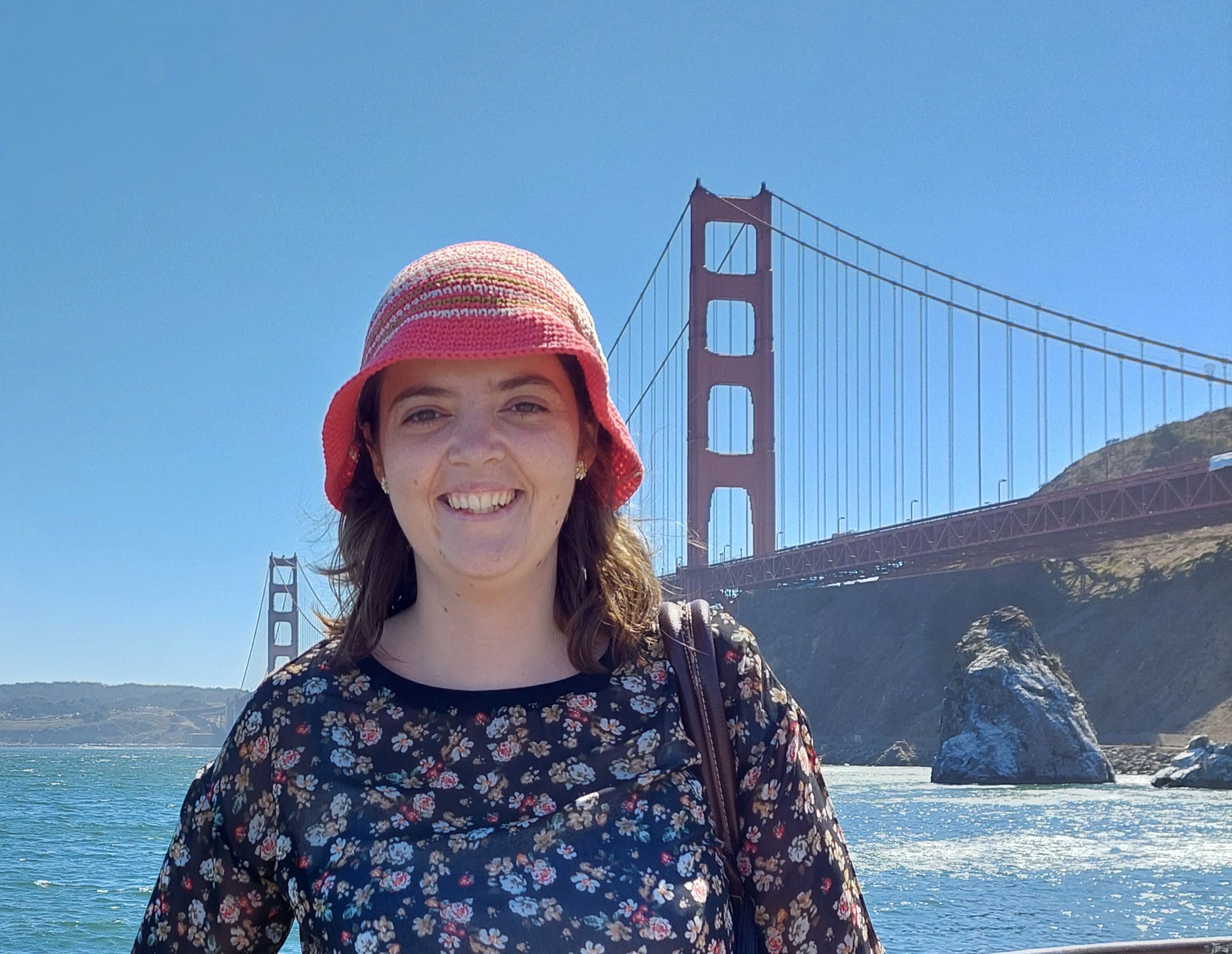
Gwyneth Matthews
Hydrological analyst
Area: Flood forecasts
Flood forecasts are used to help make critical decisions in high-pressure situations. My work is on the post-processing, or error-correction, of flood forecasts to make them more accurate and useful. My hope is that this will make it easier for decision makers to take the necessary actions to save lives and livelihoods.
More specifically, I aim to design a method for post-processing flood forecasts in catchments where there are limited observations.
My advice for other young scientists is don’t let your nerves stop you from going for an exciting opportunity, and always surround yourself with people who support and inspire you!
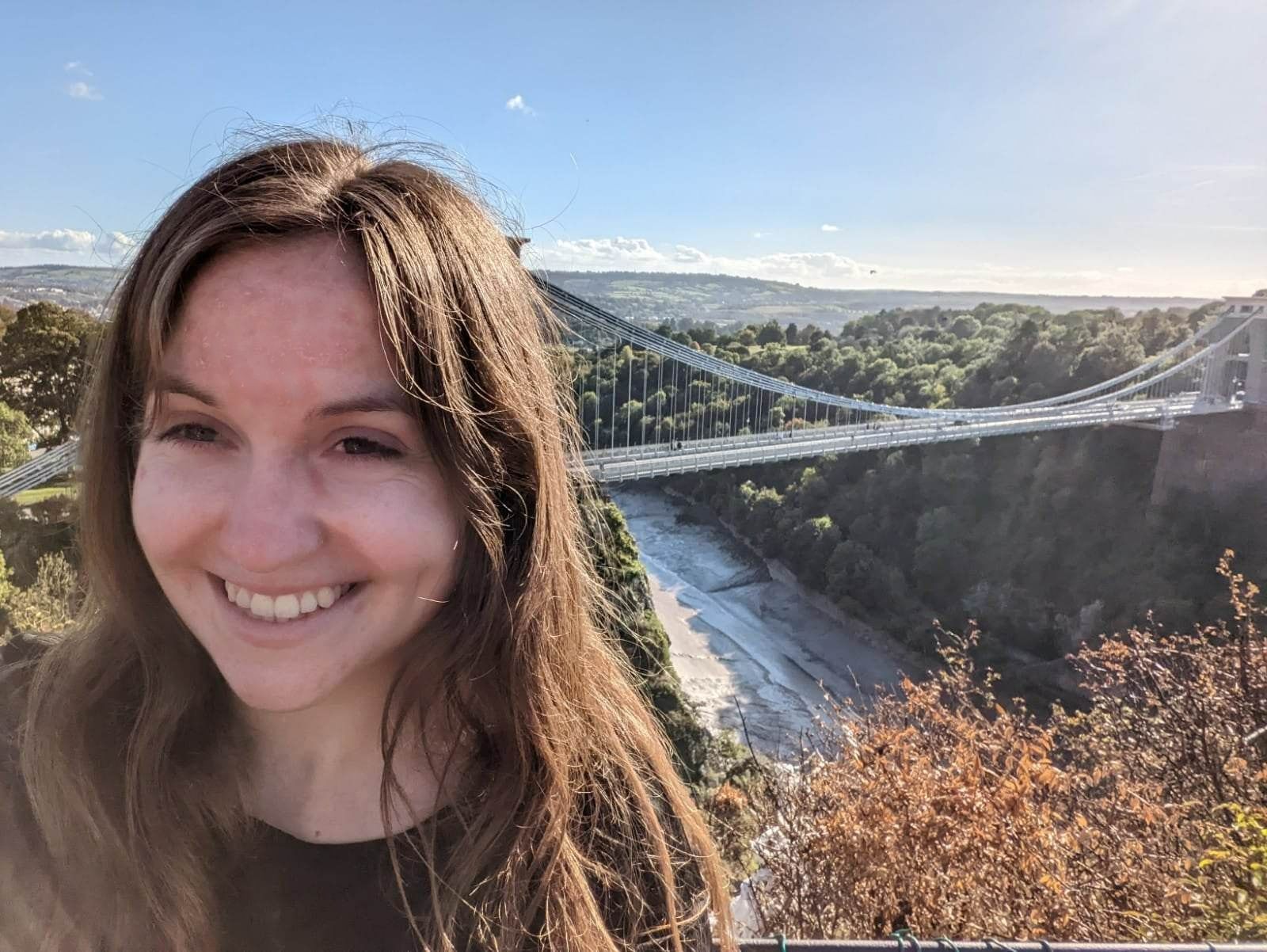
Cristina-Iulia Bucur
Computer scientist
Area: Weather forecasts
The beauty of mathematics, computer science and physics, and the way they shape or try to explain our world, have always amazed me. I feel lucky to be involved in fields like computer science and artificial intelligence at this period of their advancement. It gives me great satisfaction that my work directly impacts the surrounding world and people.
Women should have the opportunity to follow their dreams and passions, and not get discouraged along the way. It can be an endurance race with its ups and downs, just like a marathon. Remember the power and enjoyment of simple things, like a caffe latte or a smile!
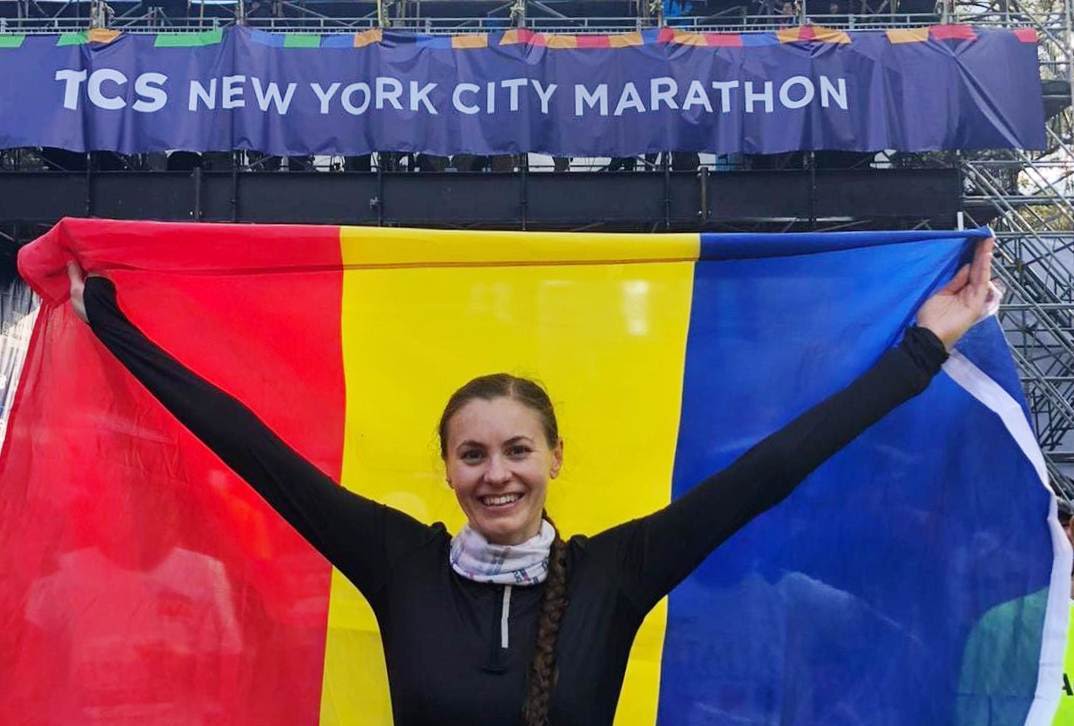
Sophia Sheridan
Communications
Area: The Destination Earth initiative and
the Copernicus Services
There are two areas of ECMWF’s activity that I work on: Destination Earth and the Copernicus Services. I work with other members of the Communications Section to organise and implement activities that promote the incredible work that is happening for these workstreams.
I feel privileged to tell the story, demonstrate the impact, and showcase the value of scientific advancement. It is vital to help people connect to the science, from potential new colleagues or collaborators to members of the public.
We should support each other whenever the opportunity arises. Although things are improving, there is still bias in the workplace. Together, we have the power to change that.
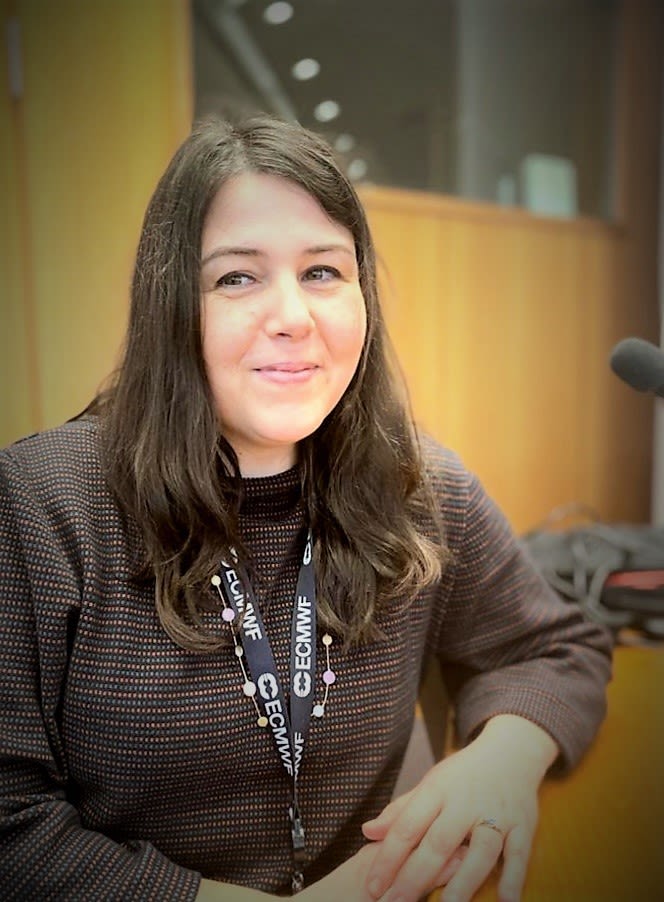
Tanya Warnaars
External project coordinator
Area: Researchers across ECMWF
Working across ECMWF, I support and coordinate all research projects funded by external sources. Much of our work is interdisciplinary and collaborative, so I also work with researchers across Europe, including from universities, research centres, private companies and others.
I find the dissemination of the project results particularly rewarding, as I enjoy being able to share outputs and results with the research community and the public.
Although my background is in science, I encourage those from other disciplines to try something new and push their boundaries if they want to move into the area. There is increasing emphasis on interdisciplinary work, particularly from the funders, so your experience could be very helpful!
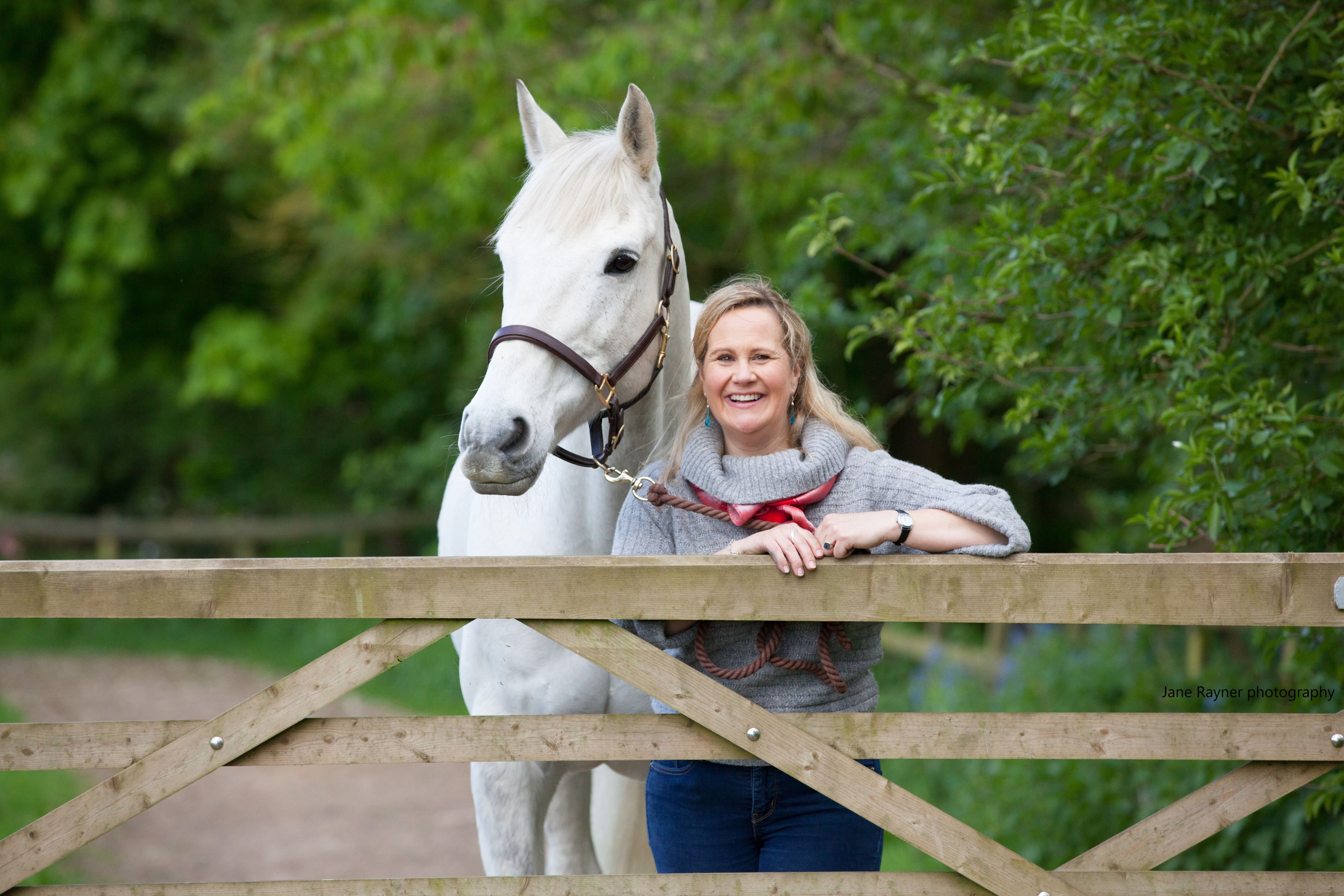
Christine Kitchen
Computing
Area: Supporting high-performance computing facilities
I originally worked in chemistry but ended up in supercomputing despite no formal qualifications in the area. I am keen to support anyone with a similar career path. Since joining ECMWF, I have seen the migration of our High-Performance Computing Facility, Data Handling System and ancillary systems to the new data centre in Bologna. Planning and technology awareness are essential to ensuring we continue to deliver to our customers, particularly as forecasts are so time critical.
Women and men alike should embrace opportunities when they arise with an open and positive attitude. If there are challenges, with the right mindset and support you’ll often surprise yourself.
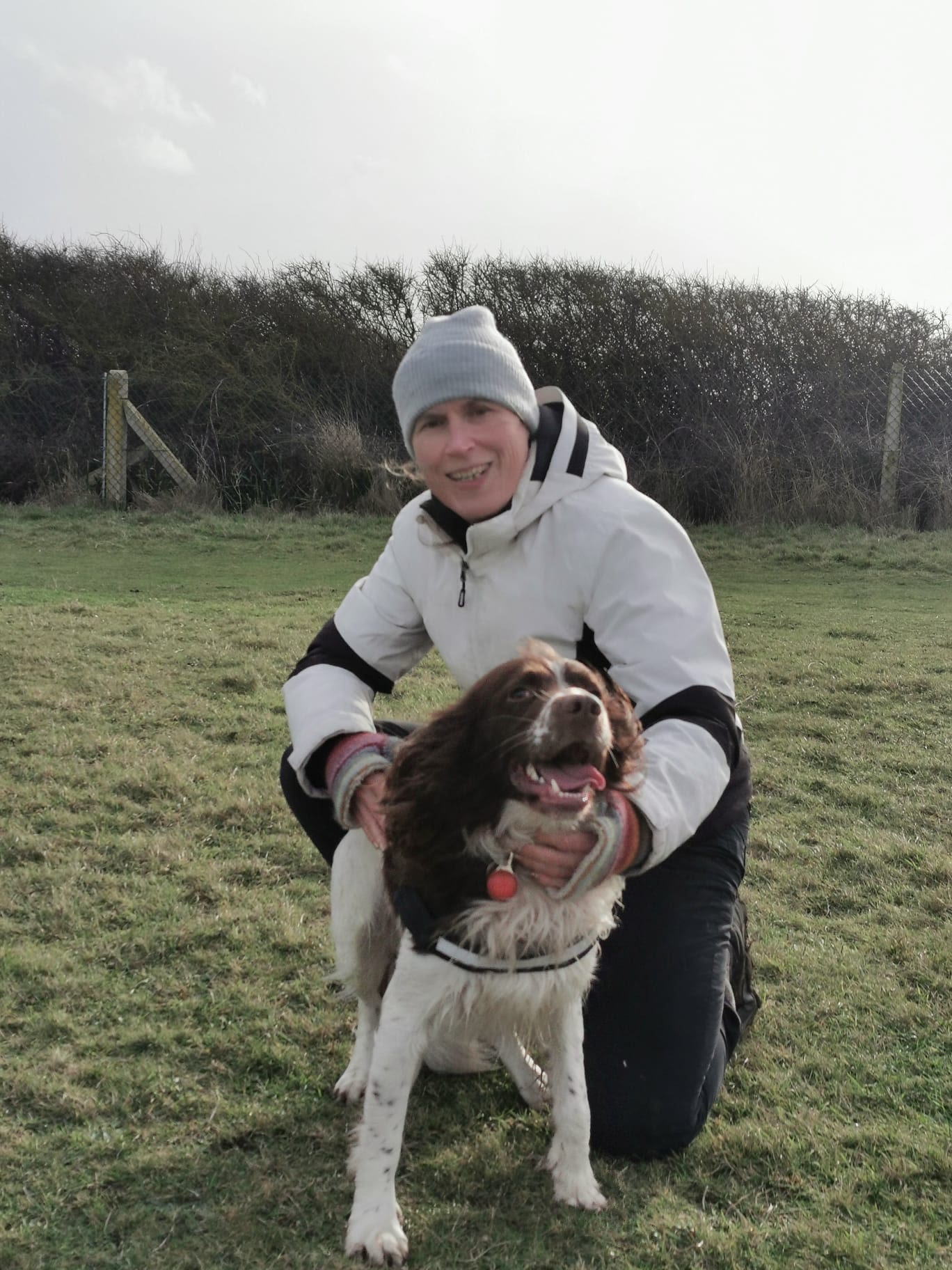
Siham El Garroussi
Scientist
Area: Machine learning for climate change adaptation
My work consists of evaluating the impact of climate change on fire and flooding over Europe, and developing strategies, using machine learning, for adaptation and mitigation.
My hope is that my work will help support the prevention of weather-related risks under climate change and benefit society as a whole.
Don't let other people or societal biases discourage you from pursuing your passions. Surround yourself with supportive and empowering individuals who will encourage you. Keep pushing yourself to be the best you can be and be confident about taking risks and trying new things.
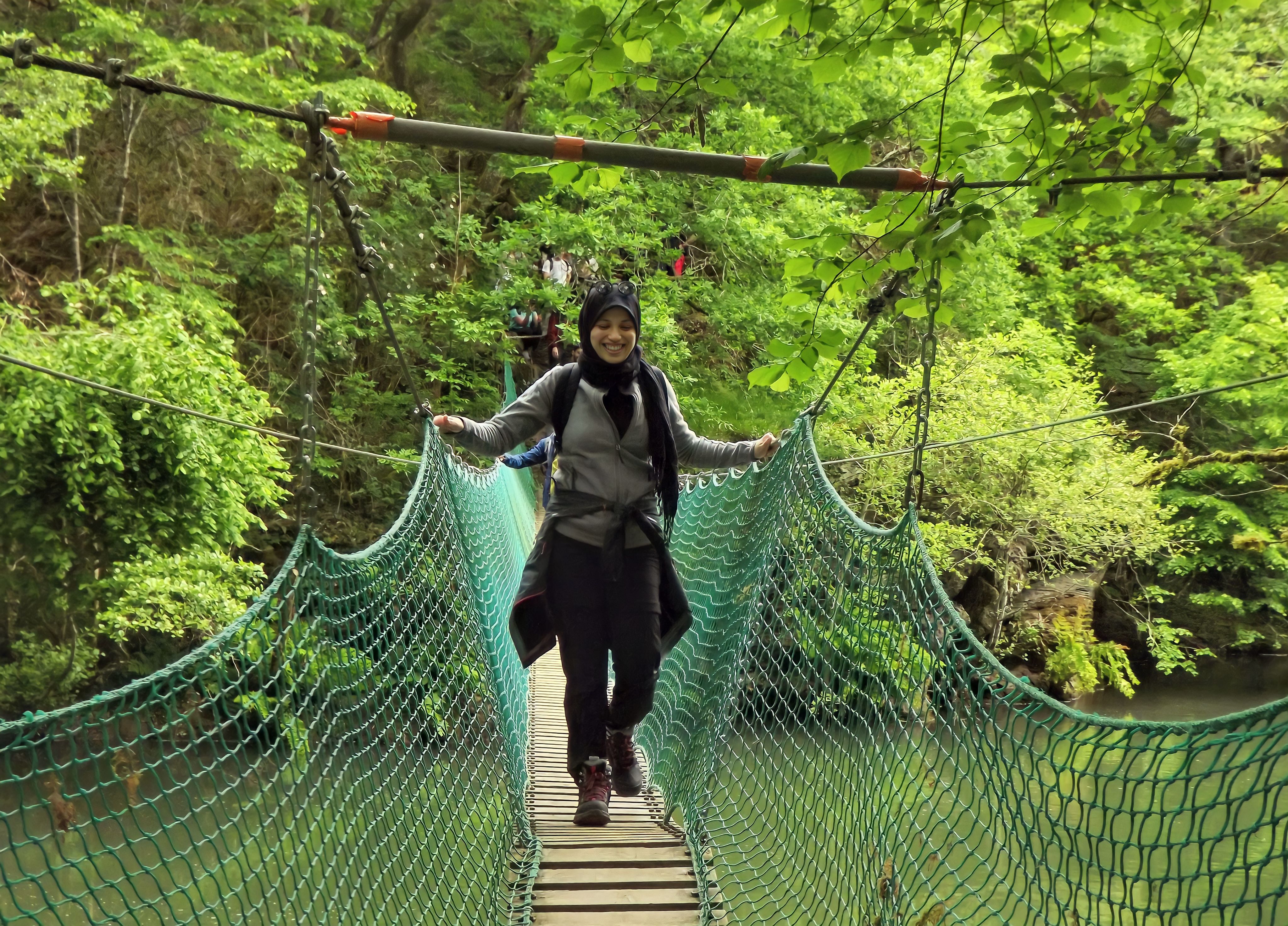
Ulrike Falk
Research software engineer
Area: Weather forecasts
I work on the implementation of data infrastructure for novel observations, such as from private weather stations or temperature sensors within smartphones, and the Internet of Things. My aim is to make observational data from multiple sources available to support the understanding and mitigation of climate change.
My work is across three projects: citizen science, connection of climate with health, and shaping the European Green Deal Data Space. It is thus directly related to research activities of our European and international partners.
My advice to women in science is to be confident in your work and in yourself, stay calm and kind, and don’t let yourself get intimidated.
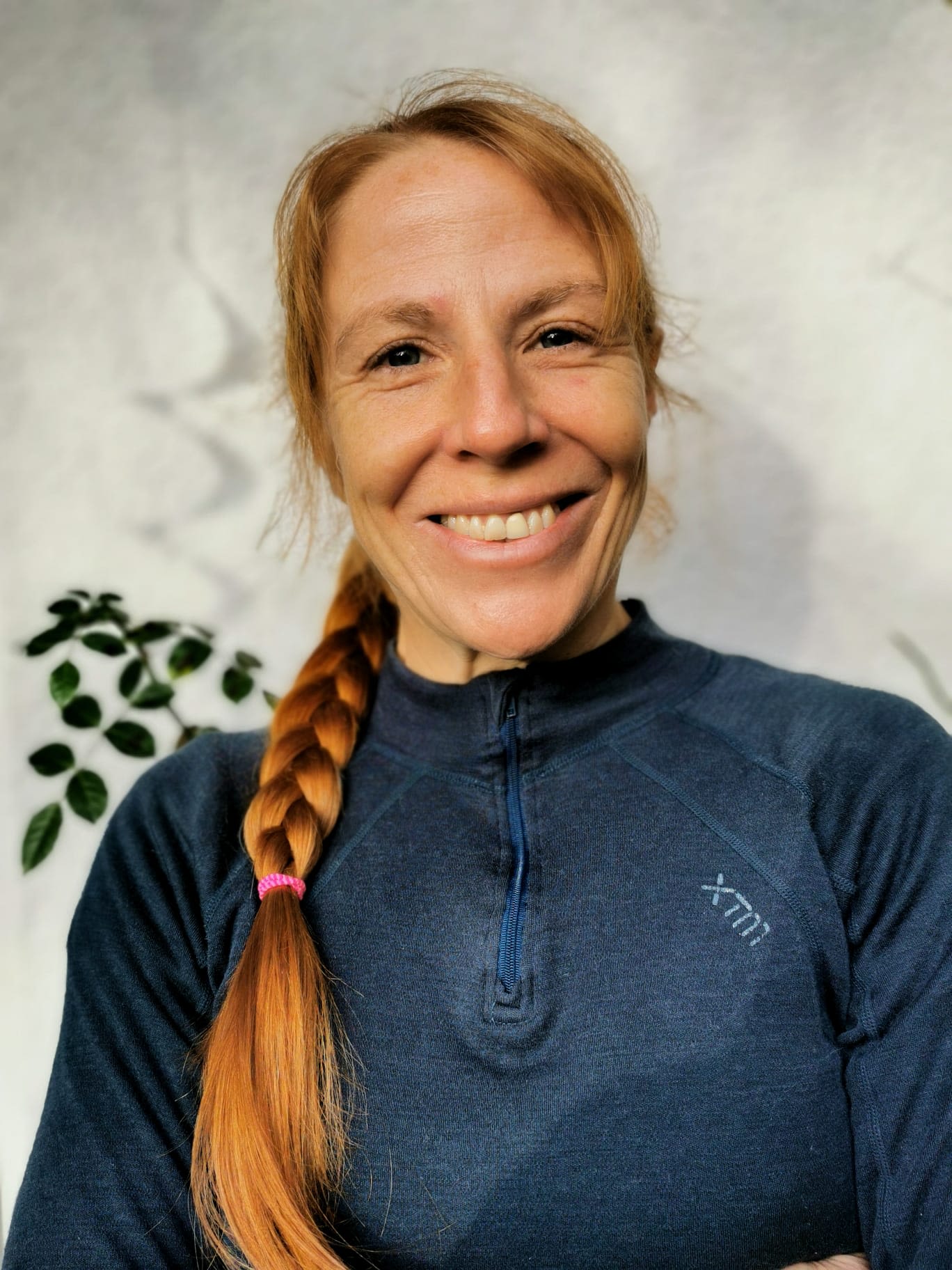
Annelize van Niekerk
Scientist
Area: Turbulence in the atmosphere
We live within the lowest few meters of the atmosphere and yet our weather forecasting and climate models still have large errors here. This is partly because turbulence is such a complex phenomenon to observe and model, particularly at night and during cold periods. I hope to reduce forecast errors in the lower part of the atmosphere so people can be better prepared during extreme conditions.
It is a great joy when one can understand an atmospheric process well enough to accurately account for it in a weather model, which is why this is always my scientific goal.
Diversity is vital in science because it promotes different perspectives. Everyone’s opinions are valid and are often exactly what is needed to drive innovation.
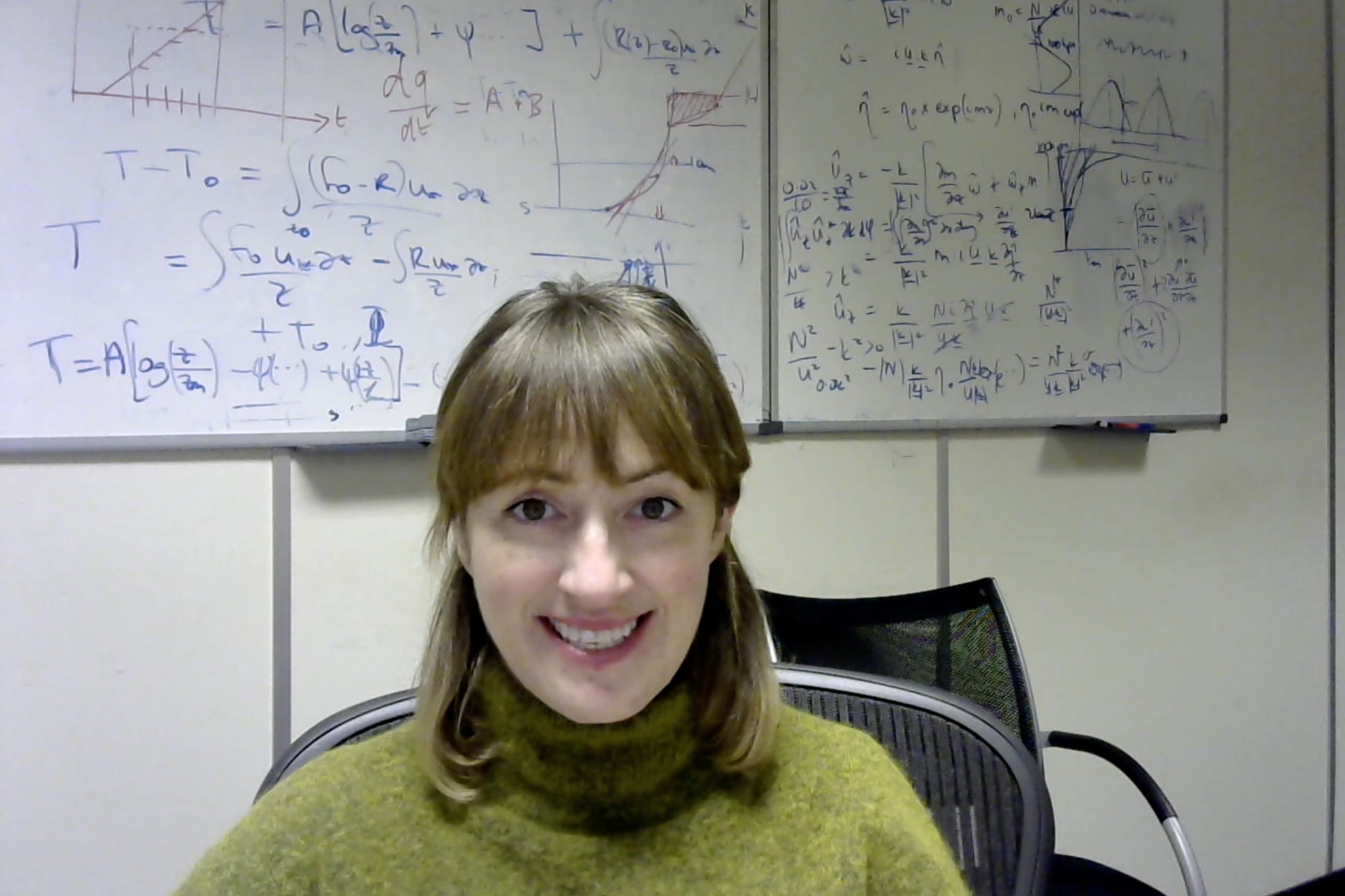
Emma Kuwertz
Forecast analyst
Area: Weather forecasts
My background is in particle physics and associated large-scale experimental and computational infrastructures at the Large Hadron Collider.
I'm passionate about working with others to further human understanding and create real-world impact, so I've been grateful that I can translate my experience in physics to help develop and maintain computational workflows that support ECMWF’s operational forecast models.
Inclusive participation is important for effective collaboration. My advice to any scientist would be to pursue diversity in working teams and value the knowledge each individual brings. To aspiring female scientists, I would say be brave, speak up, and don't be put off pursuing the career you want. You deserve it!
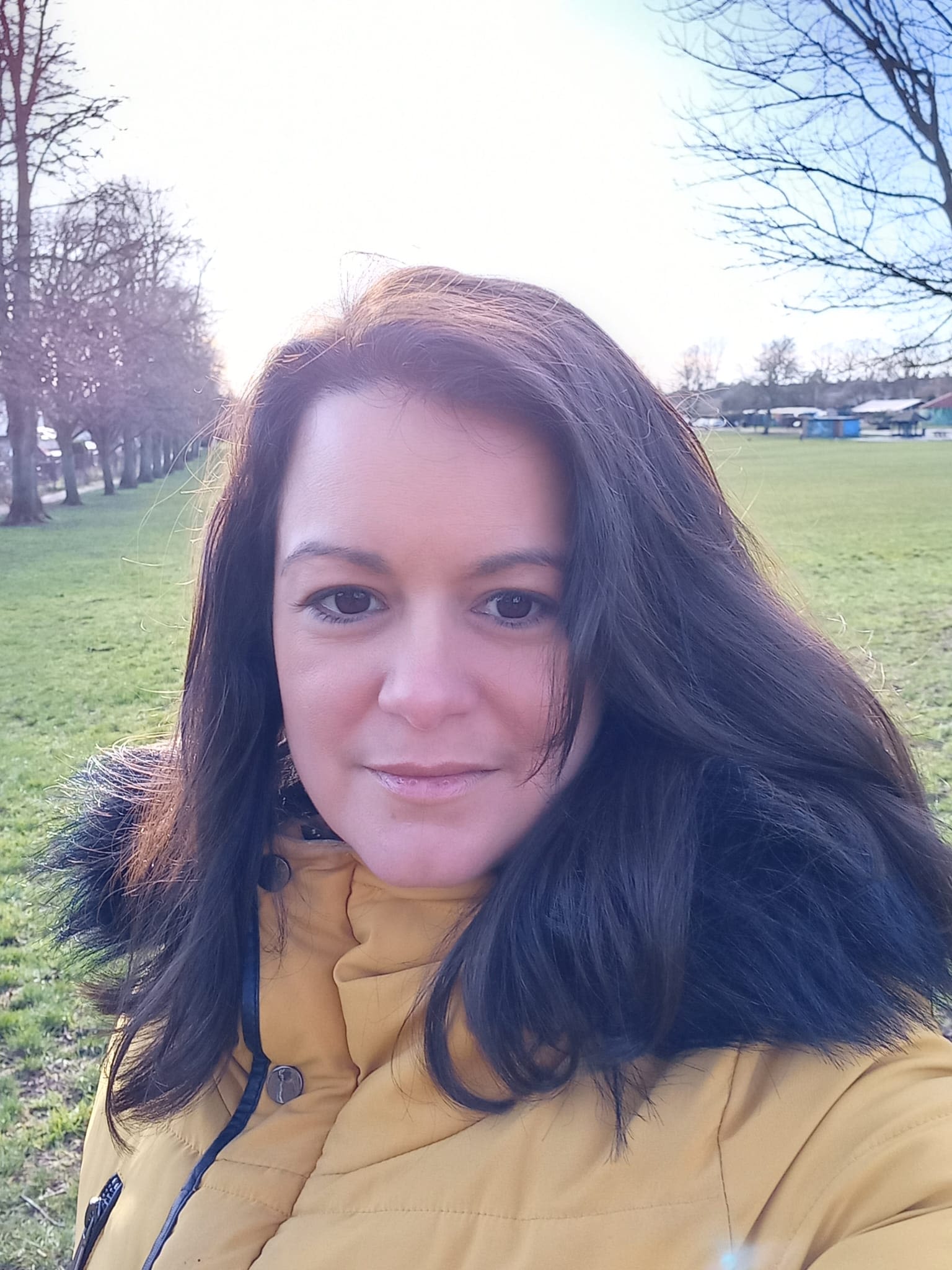
Zeynep Musoglu
Communications
Area: The Destination Earth initiative
Destination Earth is the European Union’s initiative to create digital twins of the Earth system, with the purpose of supporting climate change adaptation policies and decision-making for reducing the impacts of extremes. My work is on communicating about the initiative.
By promoting collaborations with creative teams, such as artists and storytellers, I truly believe we can effectively convey complex messages on innovative technologies to large audiences. This is key to supporting the transition to a more sustainable world.
I encourage everyone in science, women and men, to try new collaborative and creative projects when it comes to communicating their research output.
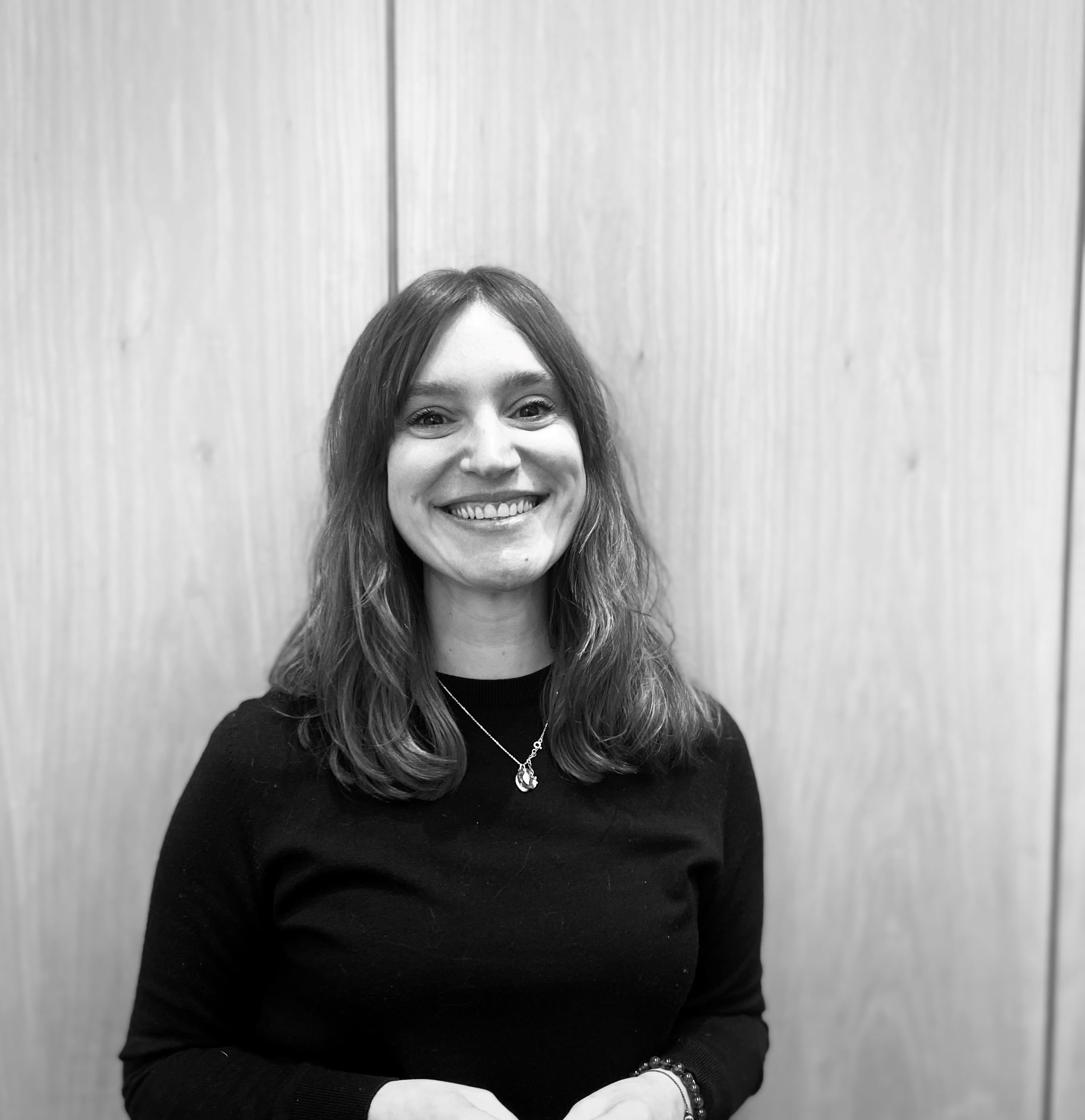
Angeliki Papadimitriou
Contract management
Area: The Copernicus Services
Copernicus is the European Union's Earth observation programme. My work focuses on managing contracts that are needed for implementing and operating the Copernicus Climate Change Service and the Copernicus Atmosphere Monitoring Service. I manage the negotiation of new contracts and monitor their full lifecycle, from signature until closure.
These third-party contracts play a crucial role in reaching the ambitious goals of the two Copernicus operational services that are implemented by ECMWF.
My message for any woman out there is that science needs you! There are many different paths you could follow to get involved in science; all you have to do is pick the one that suits you and get started!
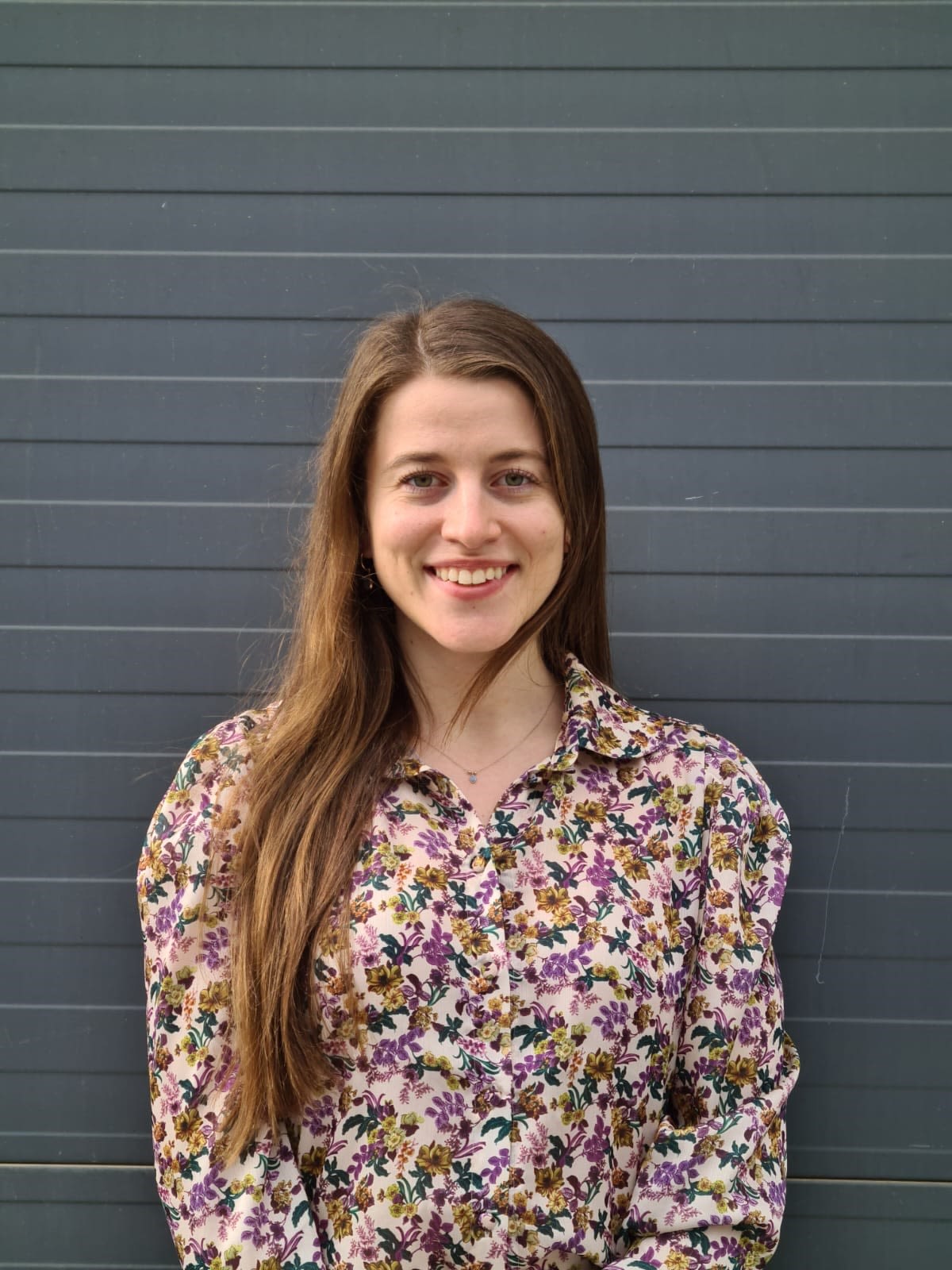
Ivana Aleksovska
Scientist
Area: Uncertainty quantification – Destination Earth
Uncertainty quantification is essential for assessing the confidence of weather forecasts. At ECMWF, we use a technique called ensemble prediction, which provides a range of possible forecasts.
Machine learning methods can complement ensemble forecasts and enhance the representation of uncertainty. My role is to combine low-resolution ensemble forecasts with a high-resolution forecast and use machine learning to support the uncertainty quantification for weather-induced extreme events.
To all women in science: Don't let anyone put you off and deprive you of your knowledge, your curiosity and your imagination. If you have all that, then you are on the right track. No matter what people say, it is your place in the world.
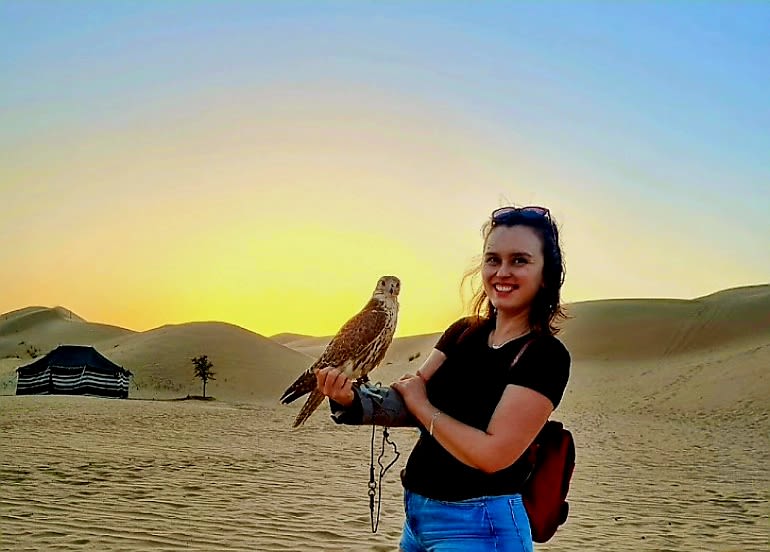
Mathilde Leuridan
Computational scientist
Area: The Destination Earth initiative
The work I do is on developing a new data extraction algorithm, called Polytope, which will help create a more seamless post-processing experience for ECMWF data users. It is especially tailored to meteorological data and is part of Destination Earth, an ambitious EU initiative to develop a highly accurate digital twin of our planet.
Polytope will help users around the world more easily access the meteorological data they need. We hope that, in the future, this will help them make better scientific predictions more easily.
My advice to other women in science is to be open to opportunities and say yes to anything that sounds like fun!
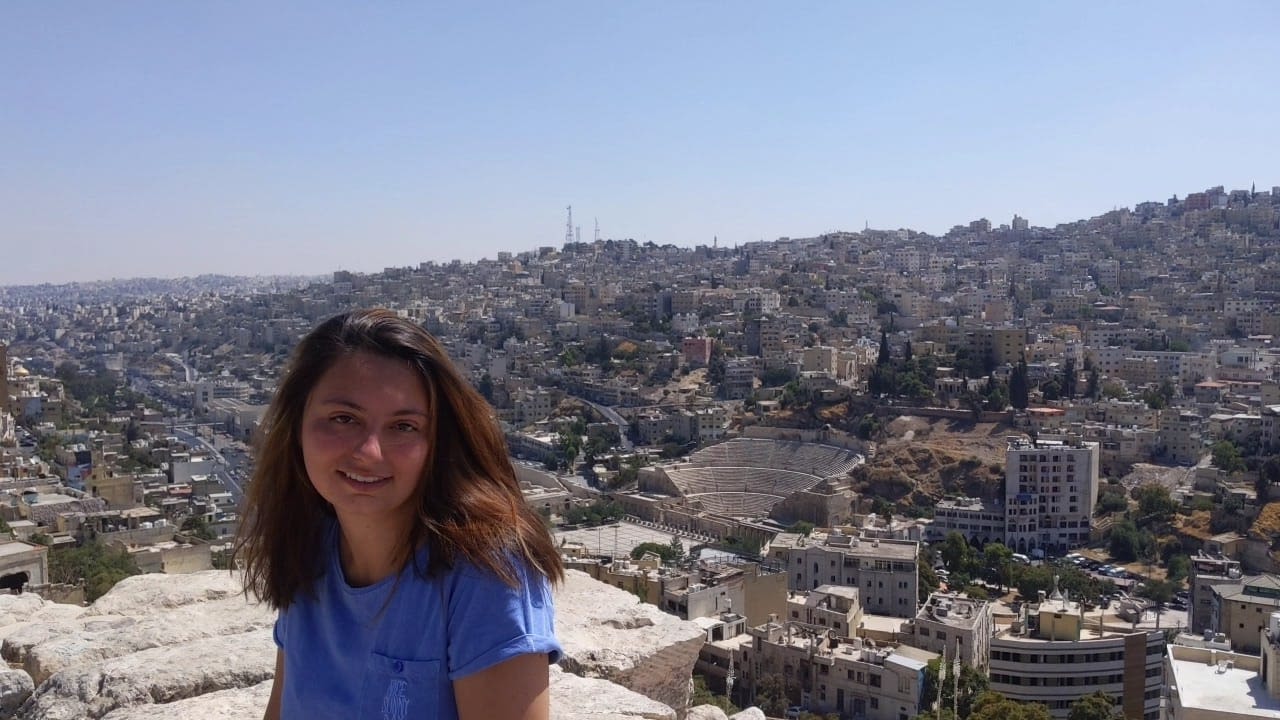

About the International Day of Women and Girls in Science
In 2015, the United Nations General Assembly declared 11 February as the 'International Day of Women and Girls in Science' in order to achieve full and equal access to and participation in science for women and girls, and further achieve gender equality and the empowerment of women and girls.
The aim was to fill a significant gender gap in the areas of science, technology, engineering and mathematics (STEM) disciplines across the world.
Science and gender equality are both vital for the achievement of the internationally agreed development goals, including the 2030 Agenda for Sustainable Development. Over the past decades, the global community has made a lot of effort in inspiring and engaging women and girls in science. Yet women and girls continue to be excluded from participating fully in science.
© Copyright 2023
European Centre for Medium-Range Weather Forecasts, Shinfield Park, Reading, RG2 9AX, UK
The content of this web page, excluding images representing individuals, is available for use under a Creative Commons Attribution 4.0 International Public License. See the terms at https://creativecommons.org/licenses/by/4.0/
To request permission to use images representing individuals, please contact pressoffice@ecmwf.int
The information within this web page is given in good faith and considered to be true, but ECMWF accepts no liability for error or omission or for loss or damage arising from its use.
